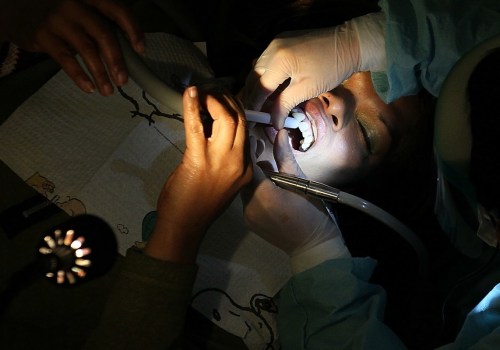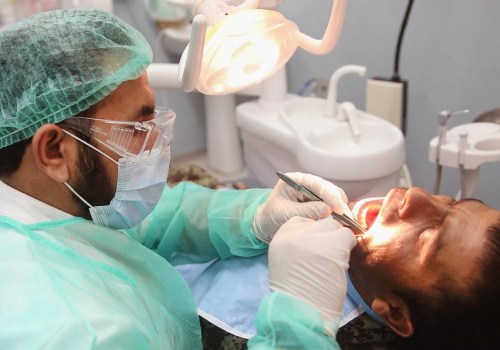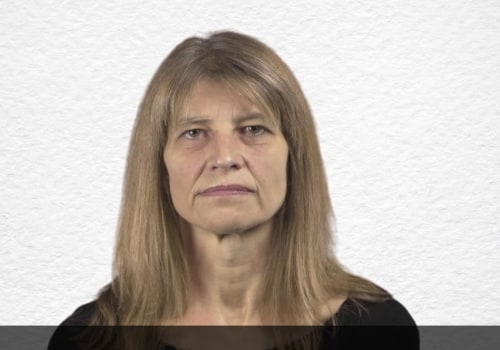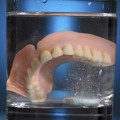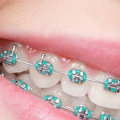When there's visible swelling, the preferred plan is to extract the infected tooth right away. In some cases, antibiotics may be needed to safely extract the tooth. However, if the infection hasn't progressed too far, it can often be treated manually. If an abscess has occurred under the tooth, the dentist can make an incision and drain it, then wash the space with saline solution to clean out any remaining infected material.
Antibiotics cannot prevent bacteria from entering the pulp chamber, so a root canal or tooth extraction is needed to eliminate the infection. After a tooth has been extracted, bacteria will still live in the mouth, especially in people who have poor oral hygiene. Depending on how bad the tooth is, antibiotics may be prescribed to reduce the risk of getting an infection. However, in some cases, even antibiotics can't prevent infection. Draining, cleaning, or a tooth extraction are needed to completely eliminate a bacterial infection in the teeth.
The immune system can then clear up any remaining infections. Leaving a tooth abscess untreated can lead to serious and even fatal complications. If you have a very severe abscess, you'll need to use antibiotics to treat the infection before the dentist extracts the tooth. Sometimes, dentists choose to use intravenous sedation or laughing gas, in case local numbness doesn't help. Your dentist just needs to find a way to numb the corresponding nerves at a time before they enter the affected tissues.
The level of swelling due to an infected tooth may make it difficult or even impossible for the dentist to have the access or visibility they think they should have to remove it. It's important to note that using antibiotics alone won't reliably prevent dental infections from getting worse. If you have a fever and swelling on your face and can't go to the dentist, go to an emergency room. Symptoms of a dental infection include pain, swelling, a visual abscess inside the mouth, tooth sensitivity, bitter taste or bad breath that won't go away, and fever. Dental professionals also look for physical findings that indicate the presence of an infection. Just because tooth extraction is the preferred plan for infected teeth doesn't mean that there aren't issues your dentist should consider on a case-by-case basis before offering to perform your procedure.
In general, in routine cases involving healthy people, removing an infected tooth will not cause the spread of infection.

